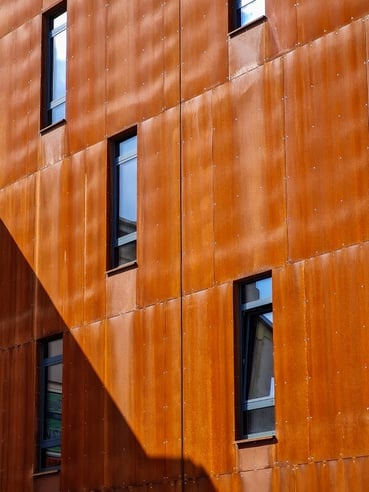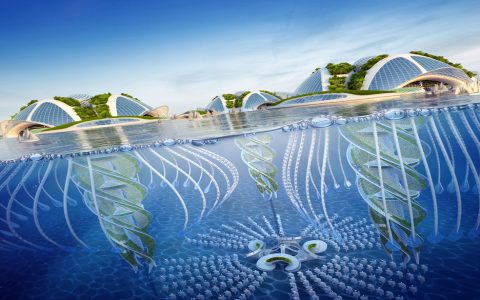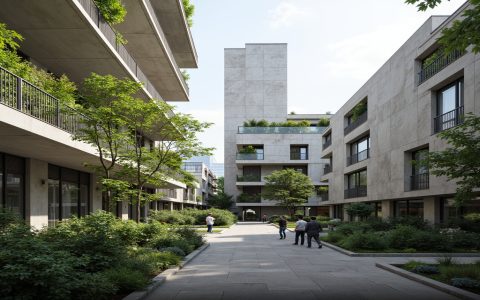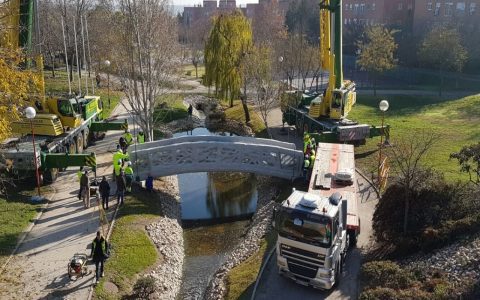Corten steel offers compelling advantages over traditional building materials like regular steel, wood, or concrete due to its unique properties and performance characteristics:
The Weathering Advantage: Self-Protection
Corten forms a stable, adherent rust-like patina that acts as a protective barrier against further atmospheric corrosion. This eliminates the need for:
- Constant Painting/Repainting: Traditional structural steel requires regular, costly painting cycles to prevent deterioration.
- Chemical Treatments (Wood): Pressure-treated lumber requires chemicals to resist rot and insects, which can leach.
- Surface Deterioration (Concrete): Concrete can spall or crack due to freeze/thaw or reinforcement corrosion.
Lifecycle Cost Savings
The elimination of ongoing maintenance (painting, treatments, repairs) translates to significant long-term cost reductions compared to traditional materials, despite Corten's potentially higher initial material cost.

Durability & Longevity
The protective patina provides exceptional resistance to atmospheric corrosion, even in harsh industrial or coastal environments. Corten structures are known for their decades-long lifespan with minimal upkeep.
Aesthetic Versatility
Corten delivers a distinctive, warm, evolving rusted appearance highly valued in modern architecture. This aesthetic is integral to the material, unlike applied finishes or paints that wear and require refreshment.
Environmental Sustainability
Corten is highly recyclable. Its long service life and minimal maintenance needs (no paint waste, reduced transport for repainting) contribute to a lower lifetime environmental impact compared to materials requiring frequent upkeep or replacement.
Structural Integrity
Once stabilized, the patina does not compromise Corten's structural strength. Properly designed Corten buildings offer robust performance equivalent to structural steel.
While not ideal for all applications (e.g., buried, constant wet/dry cycles, marine splash zones), Corten provides a superior blend of durability, low maintenance, aesthetic character, and lifecycle value for exposed architectural structures where traditional materials incur significant upkeep burdens.








